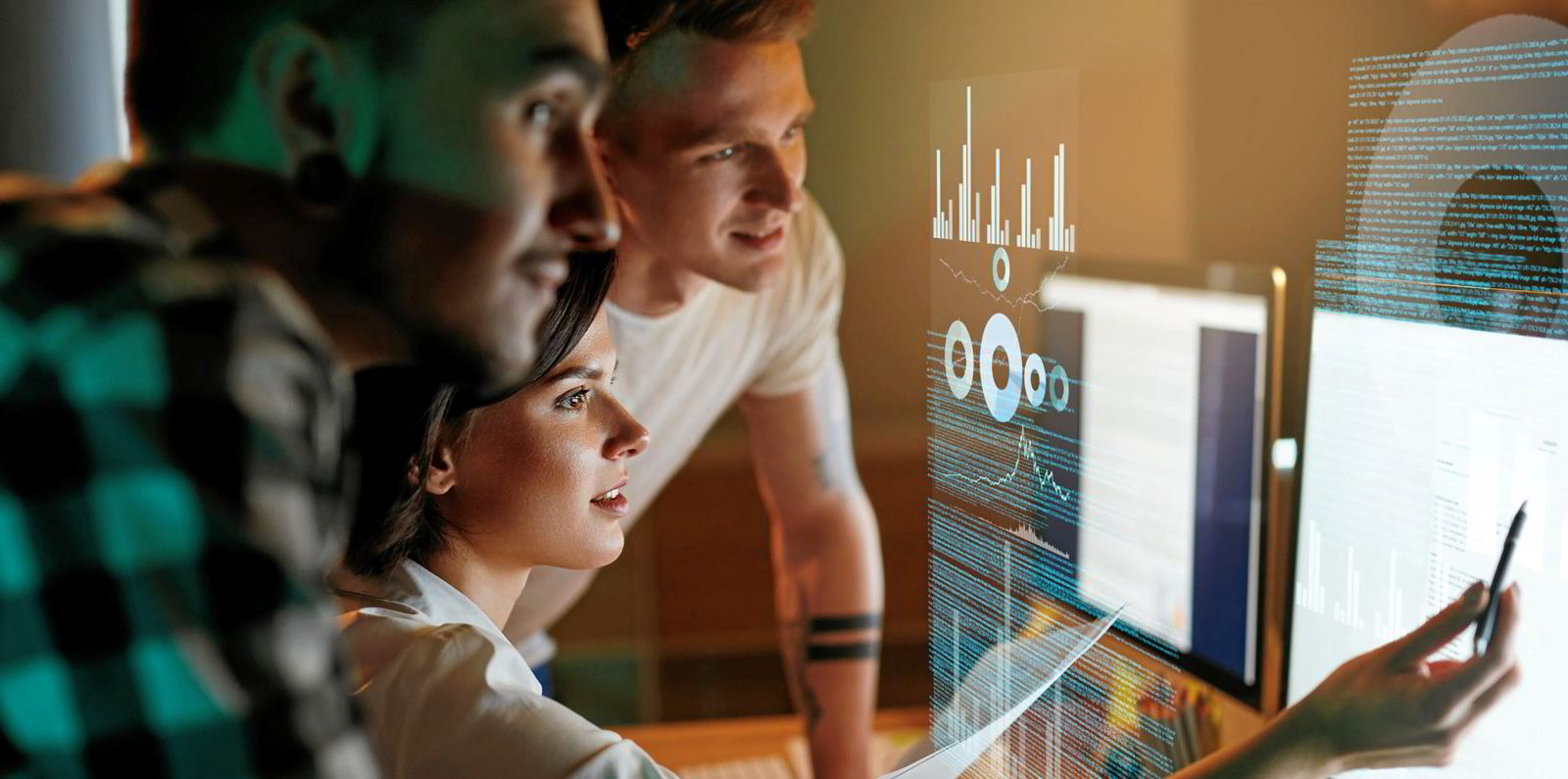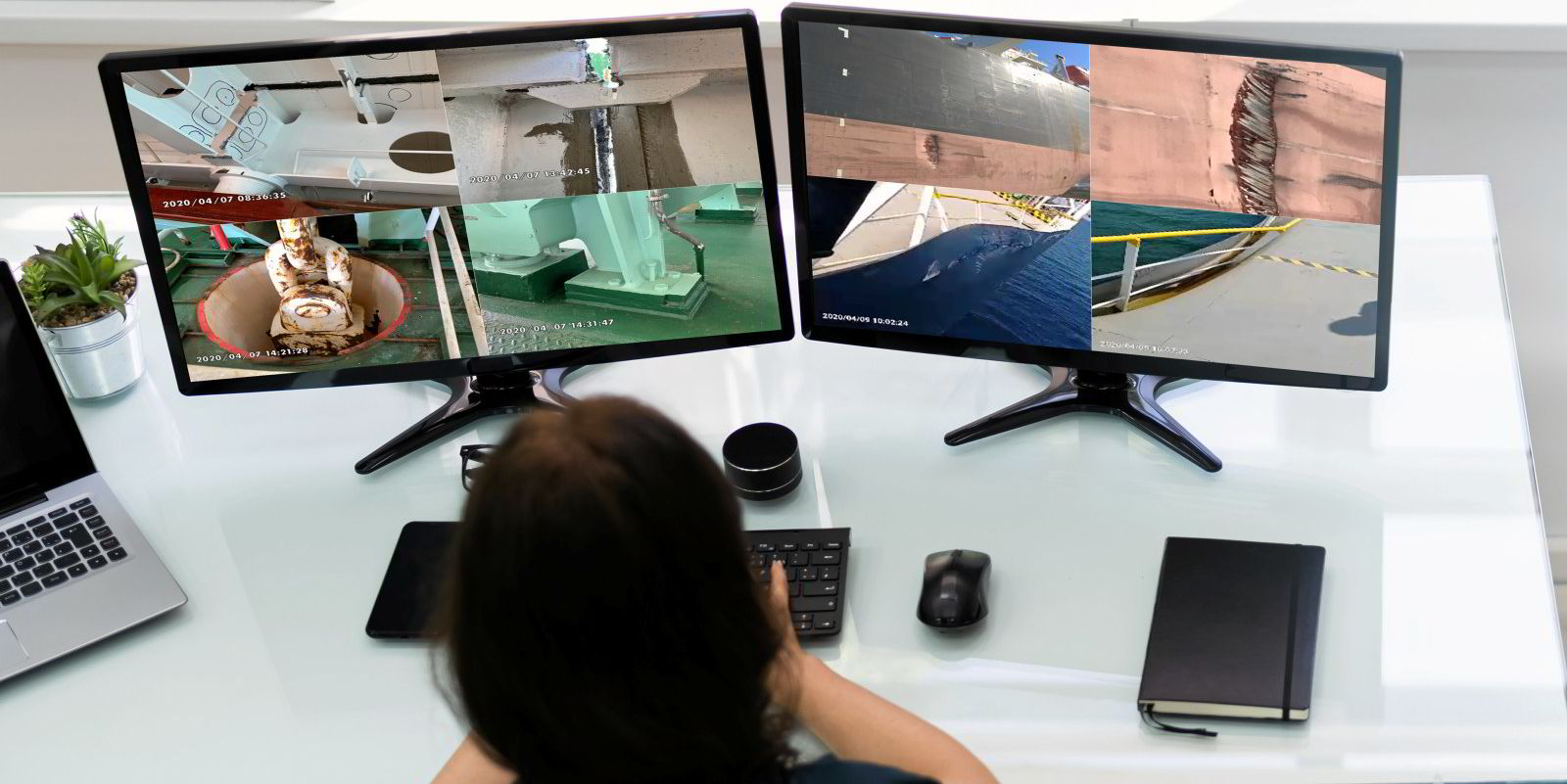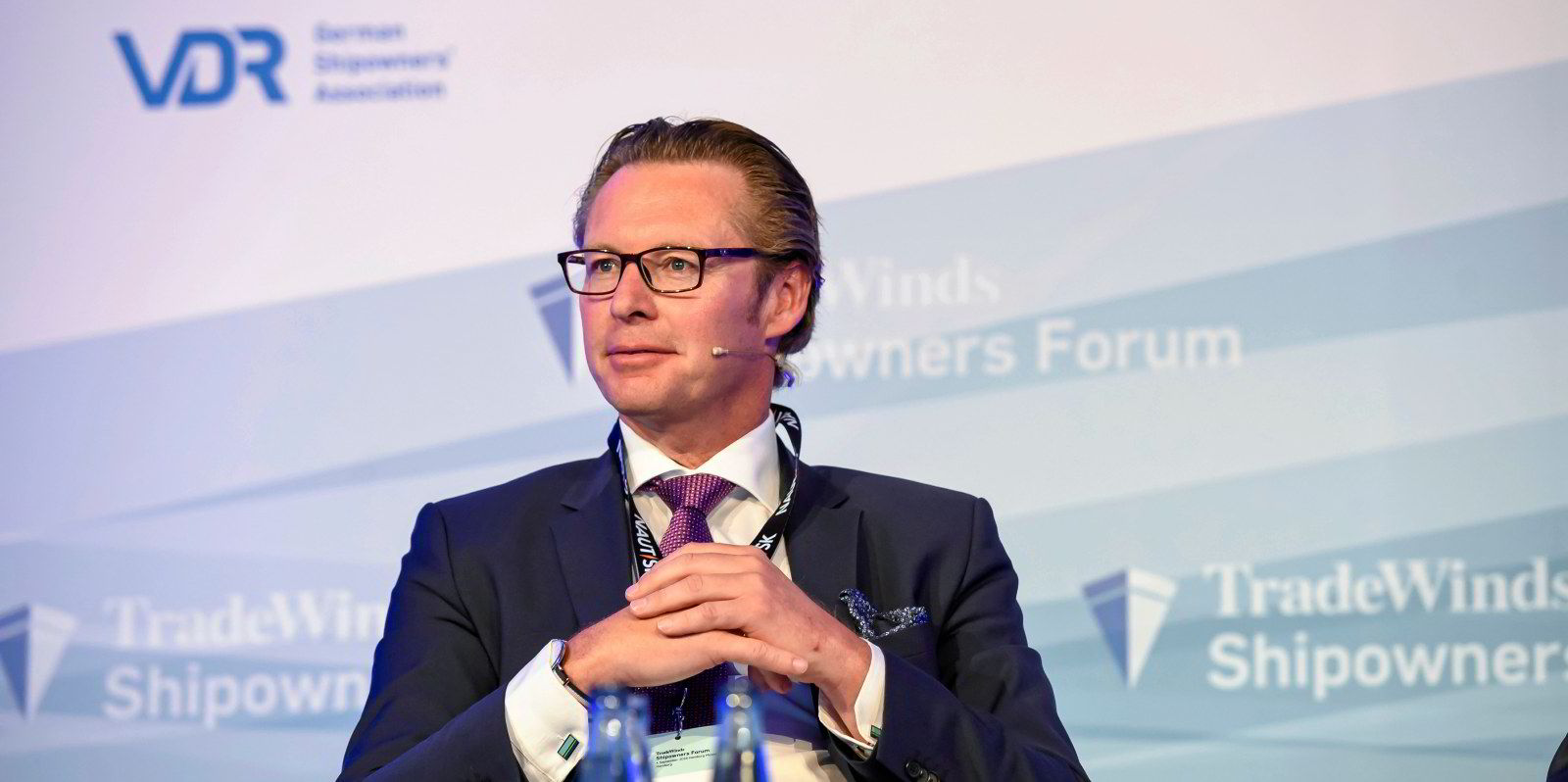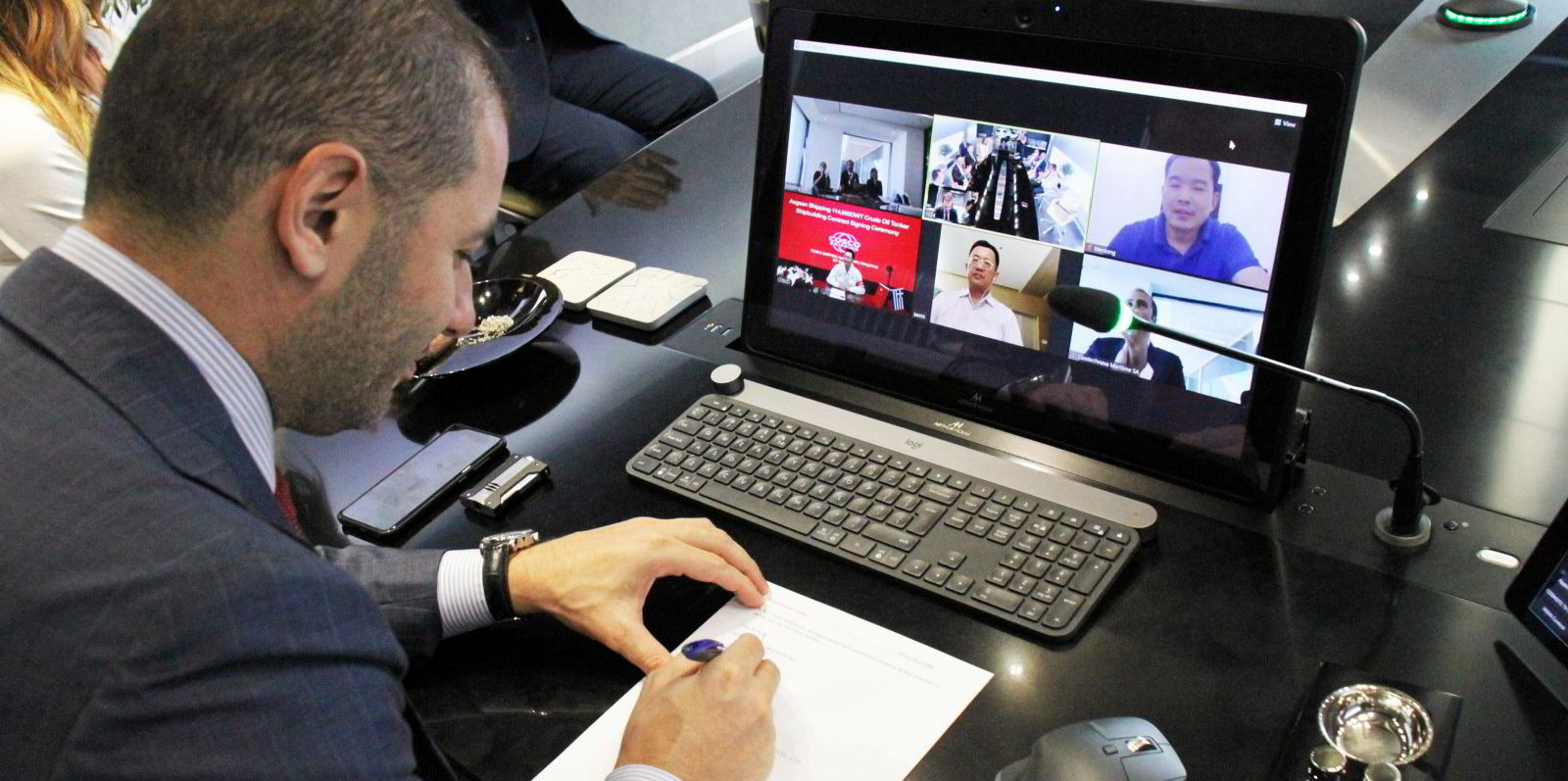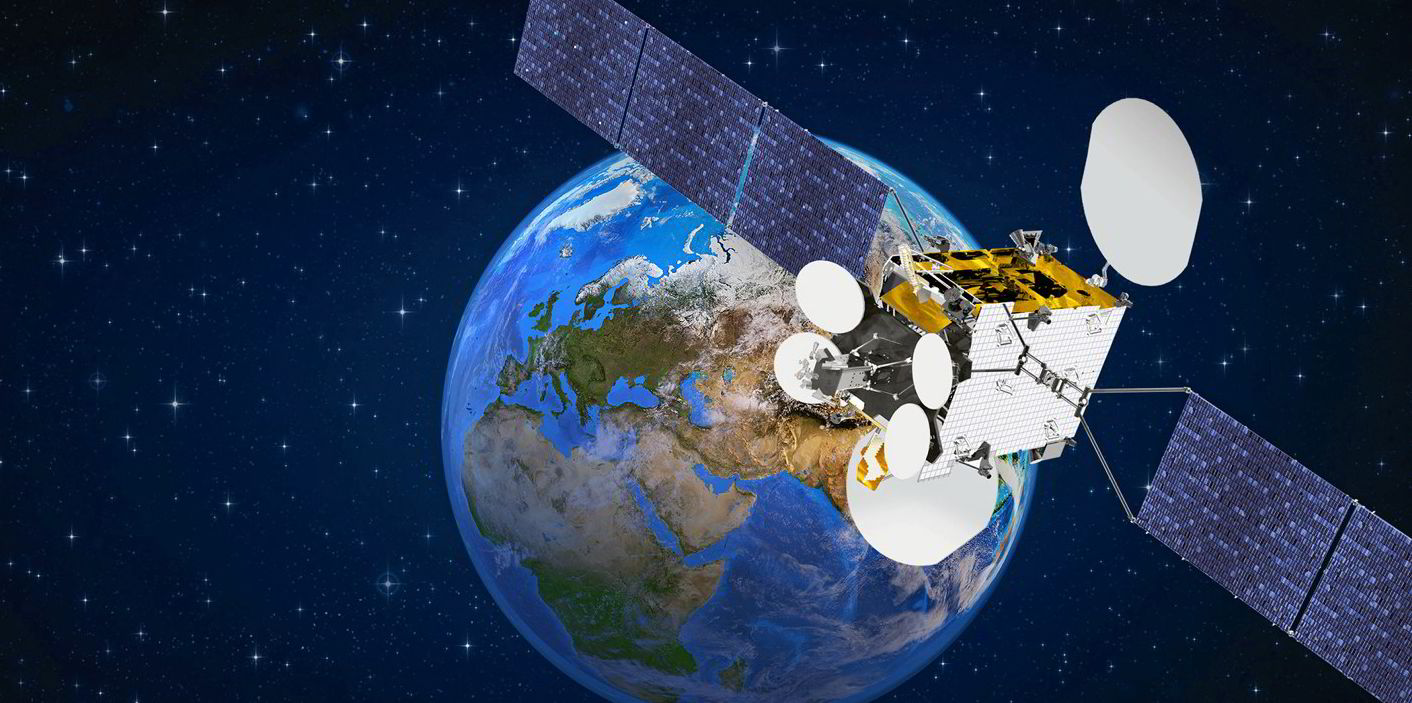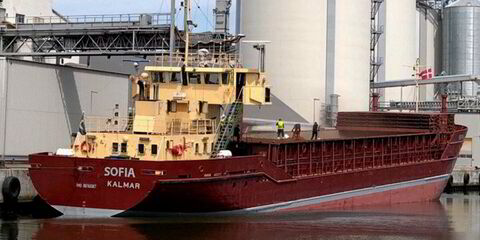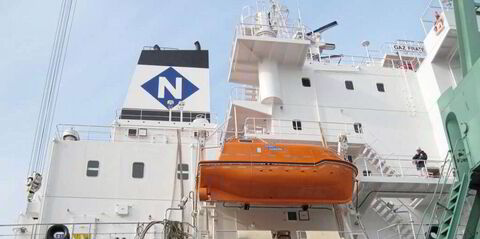If anything positive has come from the Covid-19 pandemic, it’s that shipping has been forced to fast-track its embrace of new technology.
Because of the virus, ships simply became physically unreachable within weeks, and the industry has had to adapt.
“Remote technology is an area with enormous potential and one we are paying particular attention to,” Dhritiman Hui, managing director of Eastern Pacific Accelerator, tells TW+.
“The demand for remote technology already existed pre-Covid, since it helped get things done real-time and cheaper. But in a Covid world, the market is based more on necessity.
“Social distancing and limited international travel are on top of everyone’s health and safety checklists” and remote and virtual technology addresses these concerns by reducing human interaction, to mitigate the risk of virus transmission.
David Barrow, Bureau Veritas’ Singapore-based marine & offshore vice president for South Asia, says Covid-19 “has certainly brought the dial forward on remote surveys and inspections, no doubt about it”.
He says the French classification society has completed around 1,750 remote surveys in the region since April 2020.
However, he adds: “We are limited on the types of survey that we are doing at this time, but I envisage that as we go forward as we go into intermediate and special surveys, we will still need the presence of a surveyor. Whatever remote technique we use, we still need his or her presence.”
Barrow says most remote surveys have probably been done for what Bureau Veritas would call an occasional survey. “There has been the need for classification to go on board in the case of minor damage or the replacement of equipment” is how he describes it.
Drone technology now being used has “come on hugely” over the past 18 to 24 months, and the clarity of the pictures is “amazing”.
Supporting the surveyor
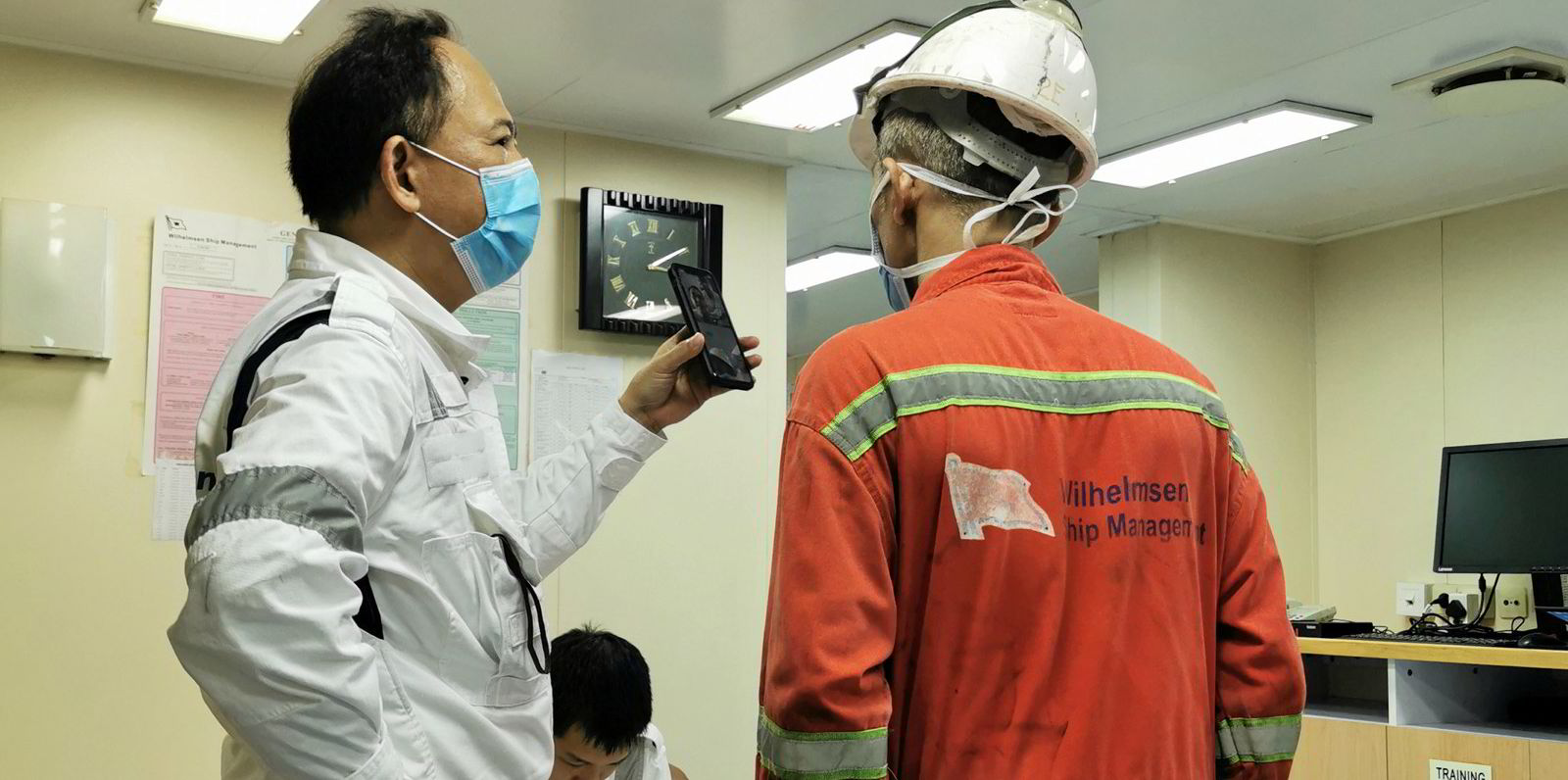
“We have used the drone technology and other robot technology to support the surveyor in getting to those areas on the ship where previously it would have been difficult,” Barrow says.
Satellite company Inmarsat has teamed up with Lloyd’s Register to provide a connectivity solution that addresses challenges experienced during remote surveys. It agrees that demand for remote technology has grown exponentially.
“The situation today is very different to what it was five years ago,” Alberto Perez, director of business strategy & development at Inmarsat Maritime, tells TW+.
“Then, only a handful of equipment manufacturers were offering remote services, and they were generally focused around specific sectors, typically offshore energy.

“Today, pretty much every OEM [original equipment manufacturer] serving the maritime industry has developed remote diagnostics/support capabilities. These capabilities are no longer a ‘nice to have’ but are often written into technical requirements of a ship’s specifications.”
Ship managers have become keen exponents of remote inspection technology.
Wilhelmsen has carried out a mix of remote and on-site inspections since March 2020.
“In principle, we will try to conduct on-site inspections where possible. Remote inspections are deployed when we are unable to do on-site inspections,” the ship manager says.
Wilhelmsen has done remote inspections for vetting, shipboard audits, class surveys and vessel manager inspections.
“We do see the advantages in remote inspections. The most obvious one is reduction in cost, as there is no travelling expenses incurred.”
When it comes to vetting inspections done remotely, Wilhelmsen notes that they often result in a higher number of observations.
“This could be because supporting documents are uploaded days ahead before an inspector engages with the vessel, it does give the inspectors an opportunity to conduct thorough inspection with more time at hand to screen through the documentations,” the company says.
Barrow says many people overlook the safety aspect of remote survey techniques: “Before drones, there was staging and rafting in the tanks and crawling around confined spaces. To get the drones down there and do all of that, such as the close-up surveys, is excellent and it is also a cost saving for the owner.”
The technology has been especially useful for surveys of vessels in far-flung locations in Indonesia and Australia, which were already difficult for surveyors to reach in normal times and are all but impossible now because of onerous travel restrictions.
In general, Wilhelmsen sees remote surveys as a positive move towards higher safety standards.
So what role does remote technology have in the post-Covid world?
Thome Group recently completed its 100th remote internal audit, on the Thome Croatia-managed 47,000-dwt chemical tanker Thelma Victory (built 2004).
The process was “well received by the ship’s staff and rated highly for effectiveness in achieving the desired results”.
The process is here to stay
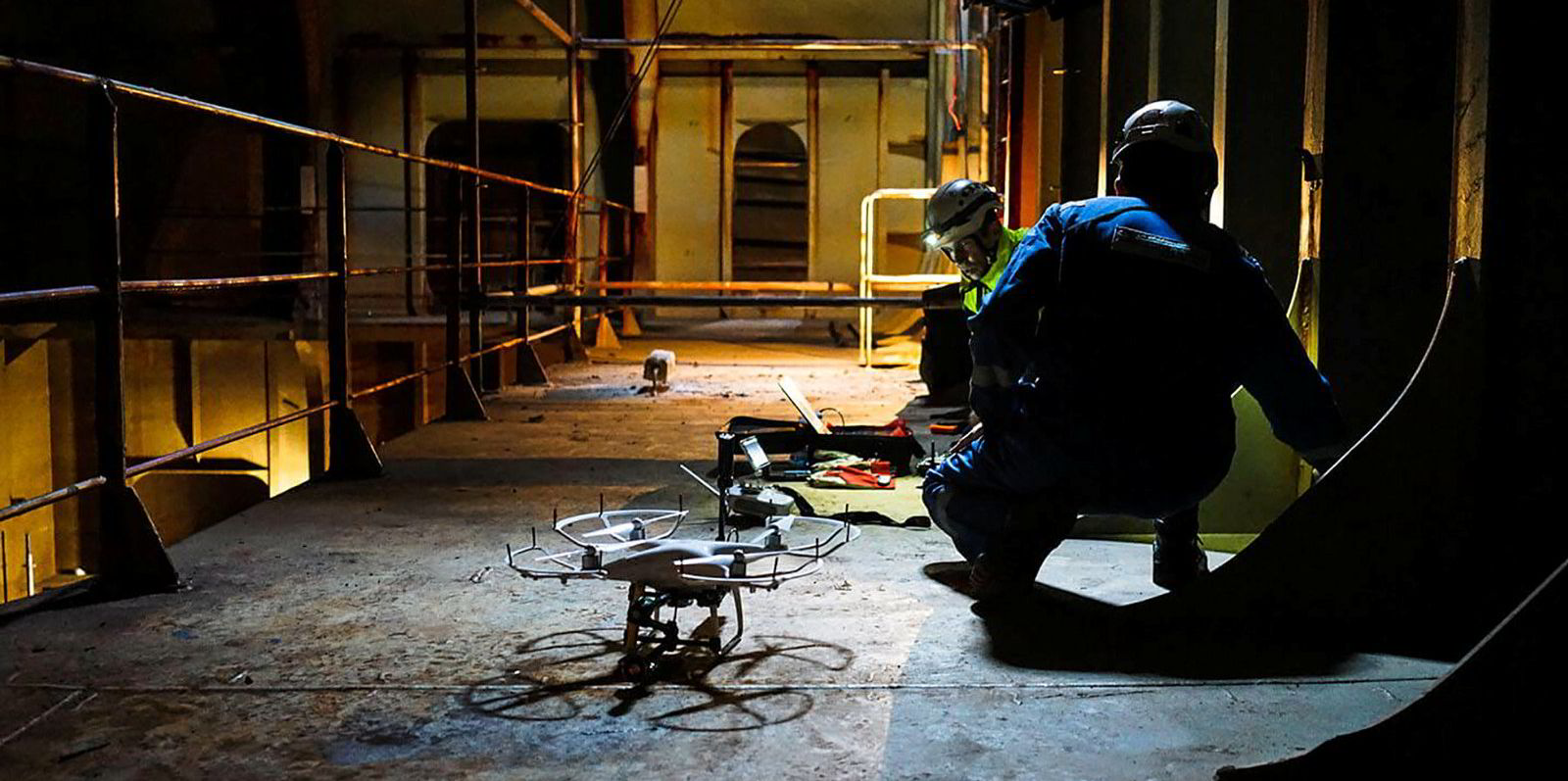
“The benefits of minimising the risk to sea staff from Covid-19 and having more time to interact and participate in the audit process while the vessel is not engaged in other tasks are among the many reasons we believe that the process is here to stay,” Thome says.
“Comparative external inspections and audits data also point out the process being as effective and, in some instances, even better than a physical audit.”
Thome says the averages of observations received in port state control and external audits on vessels that have undergone remote internal audits are also “comparatively better”.
Bureau Veritas has been developing a number of regional remote inspection technique centres, including Singapore. “This is where we train our surveyors to be drone pilots, but we need to be cautious on that, because if the surveyor is driving the drone, they are not going to have full concentration on examining what the drone is looking at,” South Asia marine & offshore head David Barrow says.
“If it is something simple, then that is fine, but if it is complex, we would still need a drone pilot and a surveyor to direct the pilot. We would certainly need that combination of working together.”
However, Wilhelmsen believes remote inspection has “yet to reach an industry-wide acceptance ... The Maltese flag, for example, does not allow remote inspections, and some vetting regimes continue to require on-site inspections.”
Many clients still have a preference for on-site visits, and remote inspections cannot replace the physical presence of seeing the vessel in general conditions that could weed out potential issues.
“For this reason, a good sale-and-purchase inspection should not be conducted through remote inspection,” the company says.
“An inspector must be on board to gauge the situation and condition on board, be on the lookout for potential issues and, most importantly interact, with the crew. Face-to-face interviews with crew [are] an important component for all inspections.”
How industry rose to the challenge
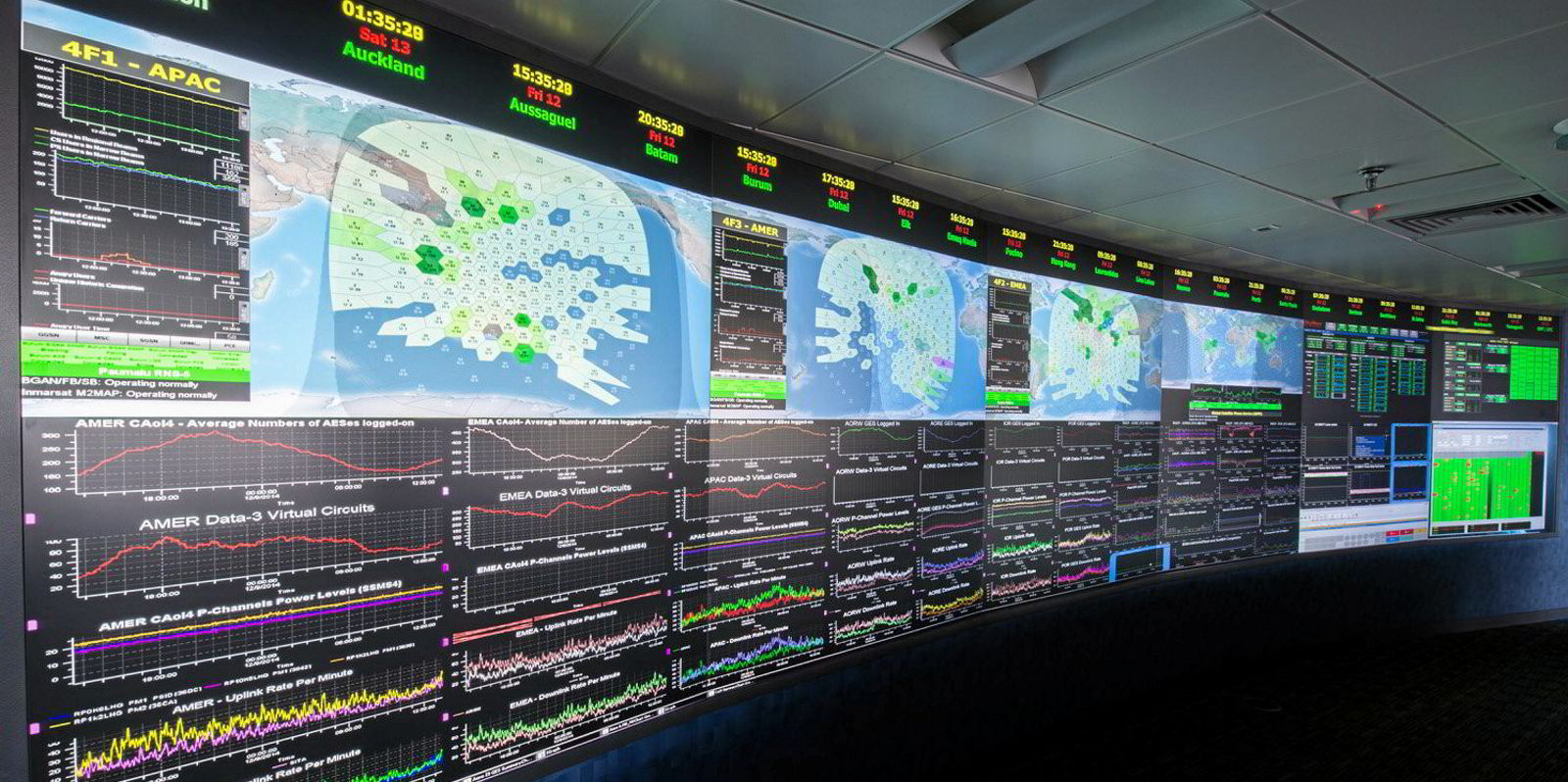
Another drawback with remote inspections is the time taken to complete them. It often takes longer than an on-site inspection, and the same goes for resources used for completing a remote inspection.
“Having said that, we believe remote inspections are certainly going to be here to stay. We are currently implementing a mix of on-site and remote inspections,” Wilhelmsen says.
Perez says it is easy to lose sight of technology’s positive contribution to the working lives and conditions of those at sea and to focus almost exclusively on impacts onshore.
“It’s fair to say that the remote survey sees crews and technical experts located elsewhere working together to document and navigate problems quickly, with the use of remote technology encouraging timely action on safety and environmental responsibility, as well as driving greater vessel efficiency,” he says.
There is consensus that, although the trend towards remote technology began long ago, Covid-19 acted as a “catalyst for change”.
“Clearly, we owe a huge debt to our seafaring professionals for keeping global trade running during the worst moments of the pandemic, but it is also fair to acknowledge how the groundwork done with shipping companies over recent years piloting new ways of working paid off,” Perez says.
“When the necessity arose, the technologies and remote services had already been developed.
“We believe that the industry as a whole has changed for good. While the need for physical inspections continues, a growing number of activities can also be carried out remotely.”
